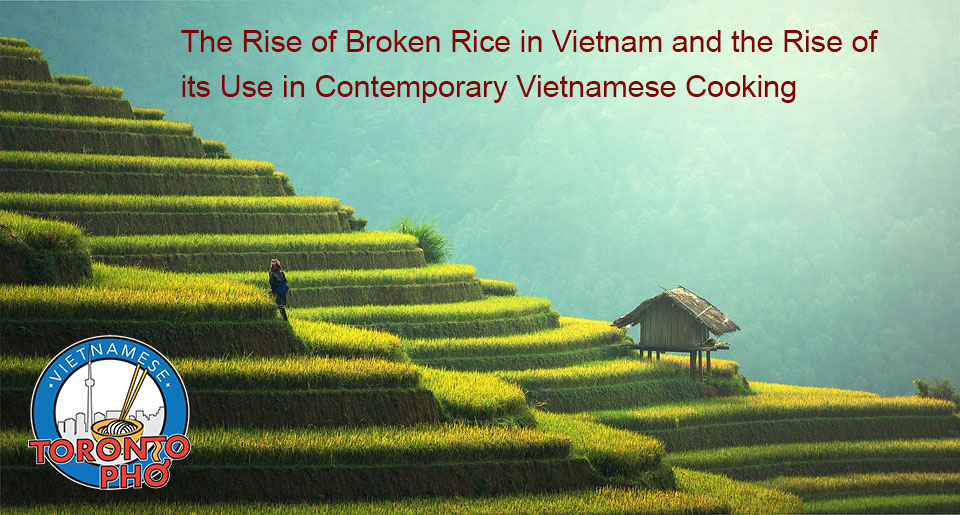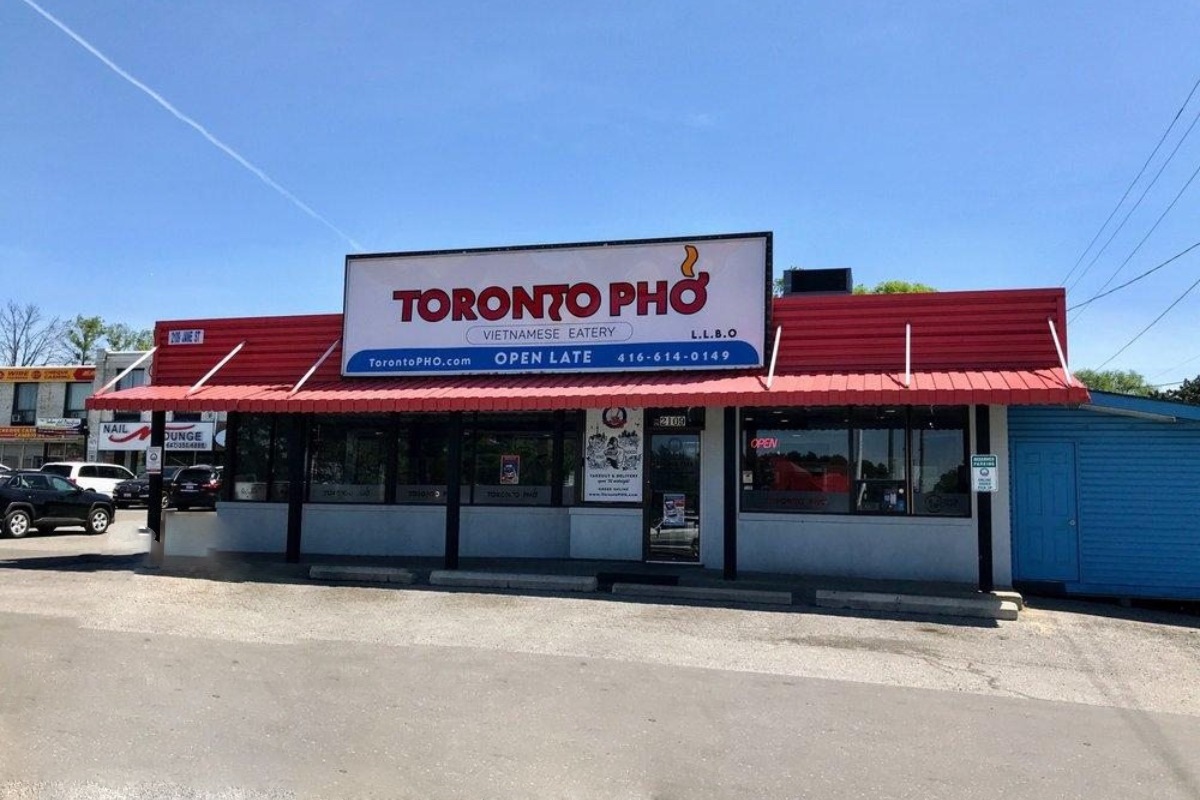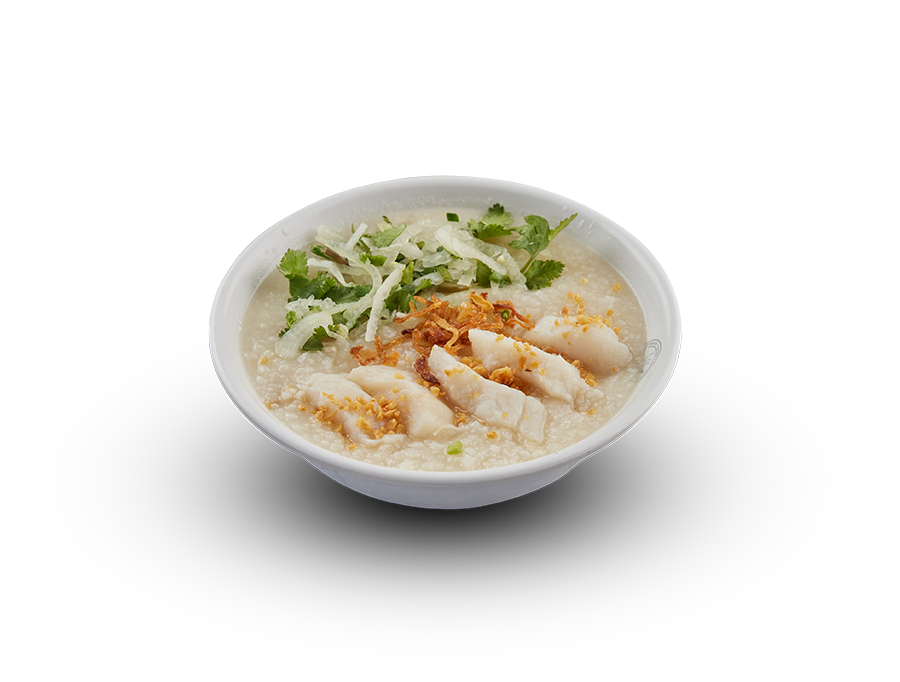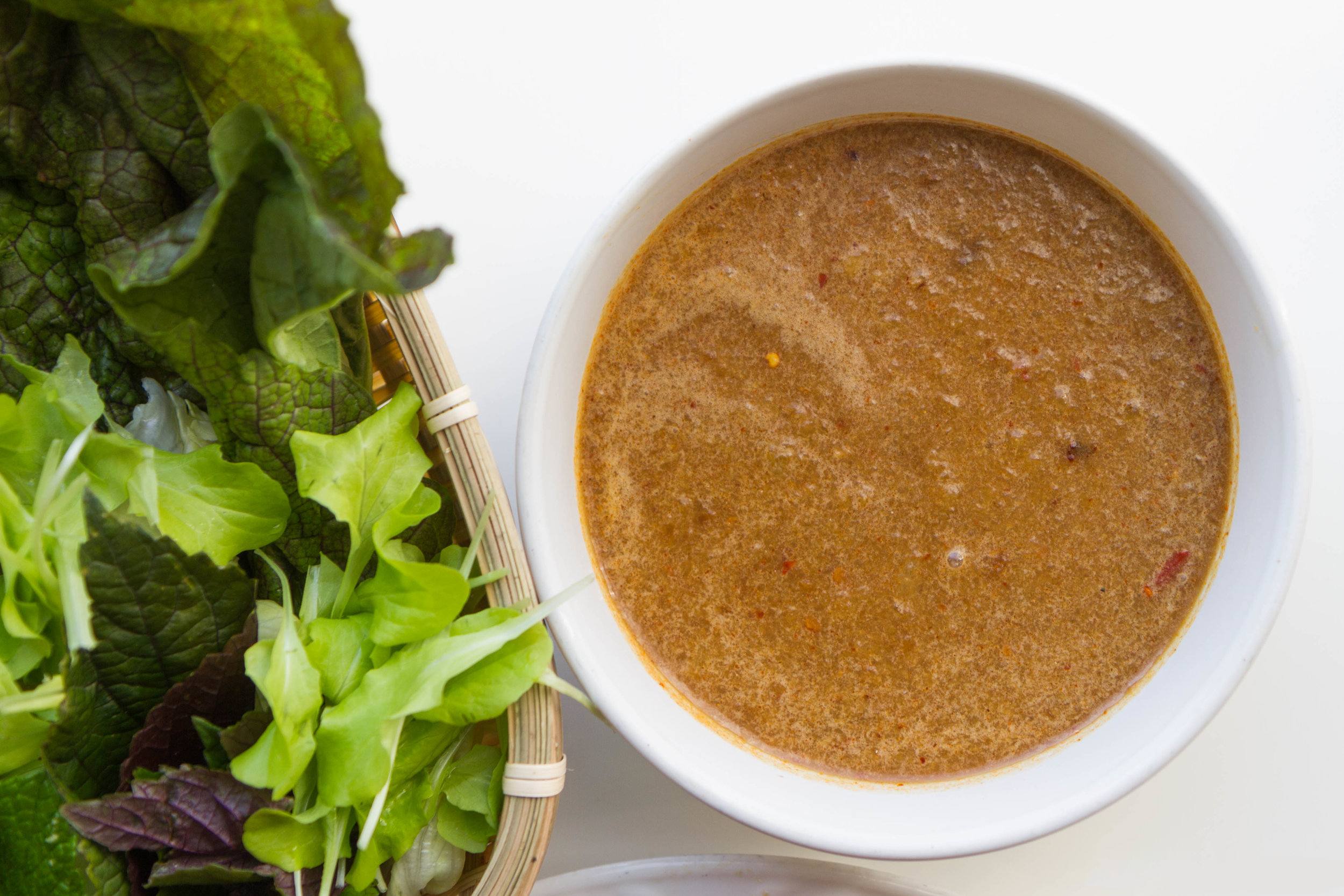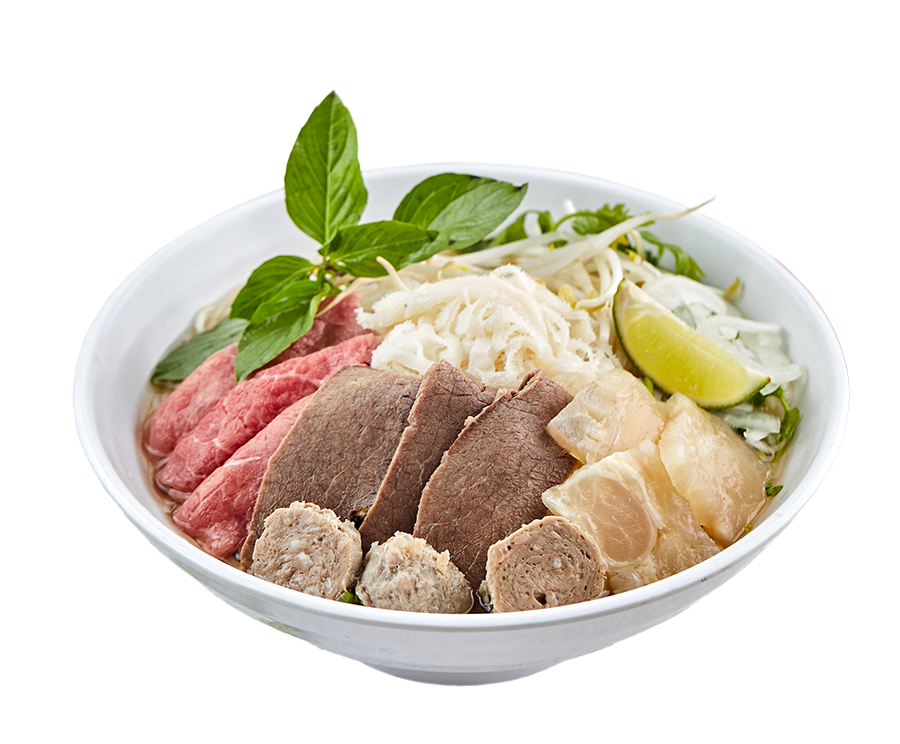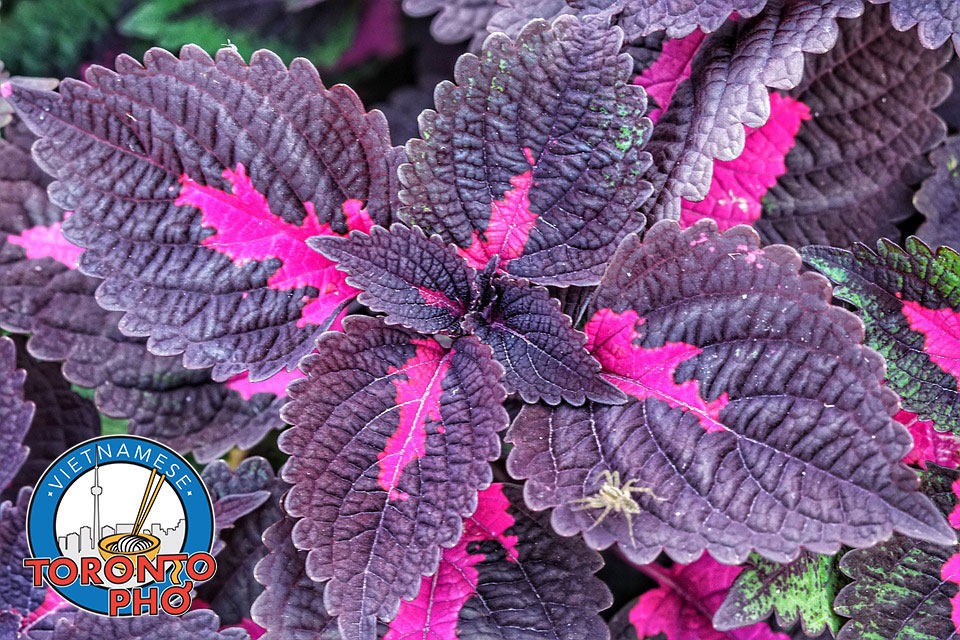
Vietnam is blessed to have its own unique collection of fresh herbs that are rare or unknown among Canadians and the Western world. In Vietnam, these herbs are grown routinely for a variety of purposes – some medicinal, some for our cuisine, and otherwise. This is a short introduction to some Vietnamese herbs used in cooking and medicine that Canadians and Torontonians may not be aware of.
Read more: Cultivate these Fresh Vietnamese Herbs used in Vietnamese Restaurants Across Canada
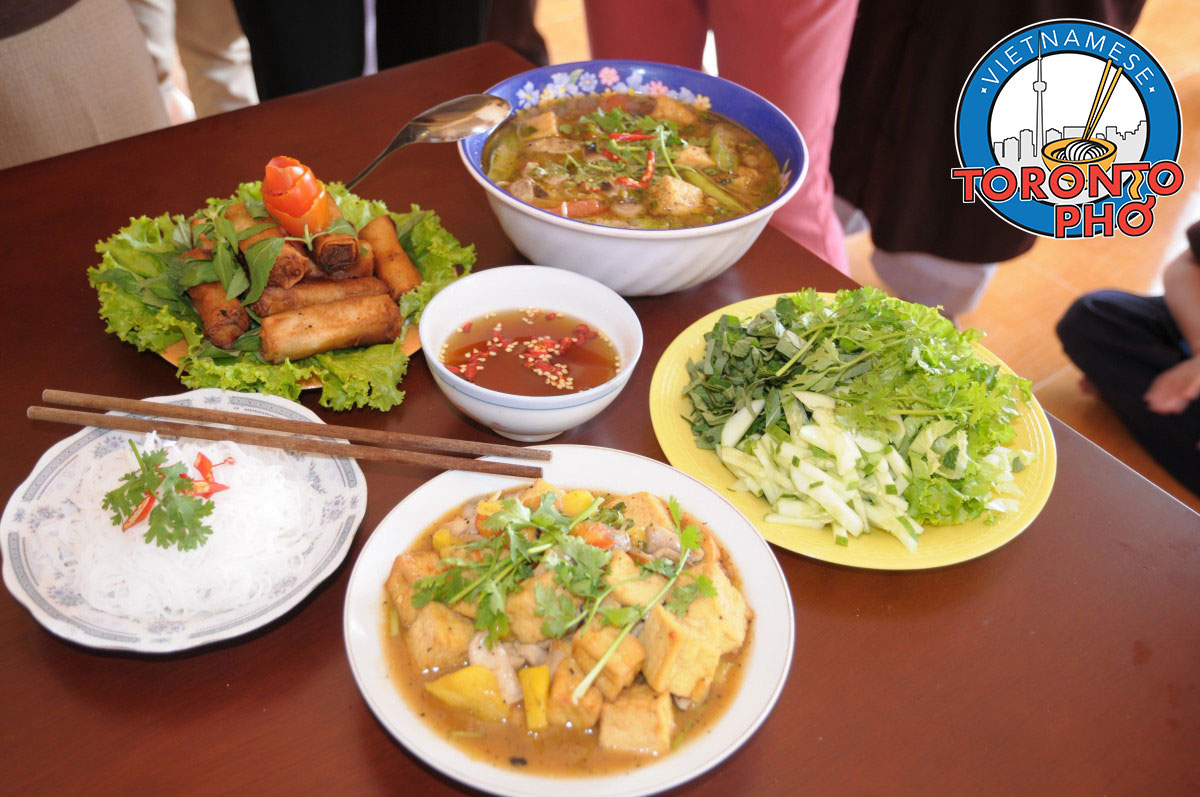
Toronto’s become a more health-conscious place, with every person seemingly leading a lot healthier lives than past generations have. Vietnamese cuisine has always worked well in the healthy eating trend as it’s largely a diet centered on a lot of greens and veggies, high in fibre, with strong energy-building carbs, and it’s easy on the stomach.
Read more: Why Vietnamese is the Perfect Bridge between Health Fanaticism and Comfort Eating
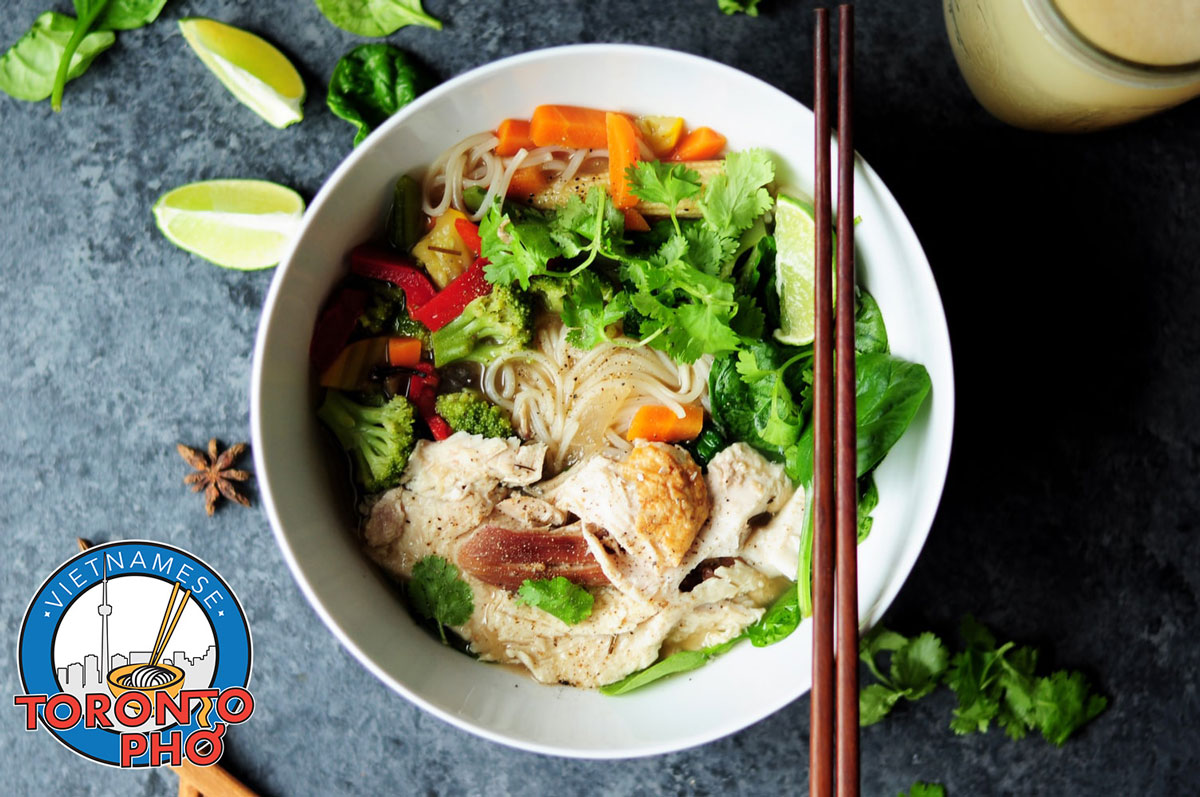
Street food in Vietnam easily sits among the best street food in the world. It’s unforgettably delicious and is comparable to any family recipes passed down through the generations. Local markets, rustic food joints, and mobile food carts all play a role in crafting a very healthy street food industry across Vietnam. Here is some of the more simple, uncomplicated street food in Vietnam, brought to Canada with a Western flair!
Oc
Oc is sea snails. Though popular in Vietnam, these are unlikely to be feature in Canada just because the seas are different. Snail restaurants with fresh snails and shellfish are very common within Vietnam, similar to what you may find on the Atlantic or Pacific coast. Oc can be cooked by frying, streaming, sautéing, or grilling.
Banh mi
Banh mi is a French baguette sandwich, sort of like a Vietnamese interpretation of a sub. You’ll find banh mi packing elements like pickled vegetables, fresh chili, coriander, and meat of course. Banh mi is on street corners everywhere in Vietnam and is highly popular among the local population. Egg, chicken, meatballs, and more – take your pick.
Che
Che is a Vietnamese sweet dessert which comes in many different kinds of colors, flavors, and forms. Some will enjoy it as a pudding while others will prefer it as a drink or soup. Che is a word without strict definition, to a degree. It is more or less a common mish-mash of coconut milk, sweetened beans, rice, colorful jellies, fruits, and more. These are sort of like a Vietnamese ice cream-esque beverage that goes down great on a hot day.
Read more: The Best Vietnamese Street Food with History Carried Over From Vietnam to Canada
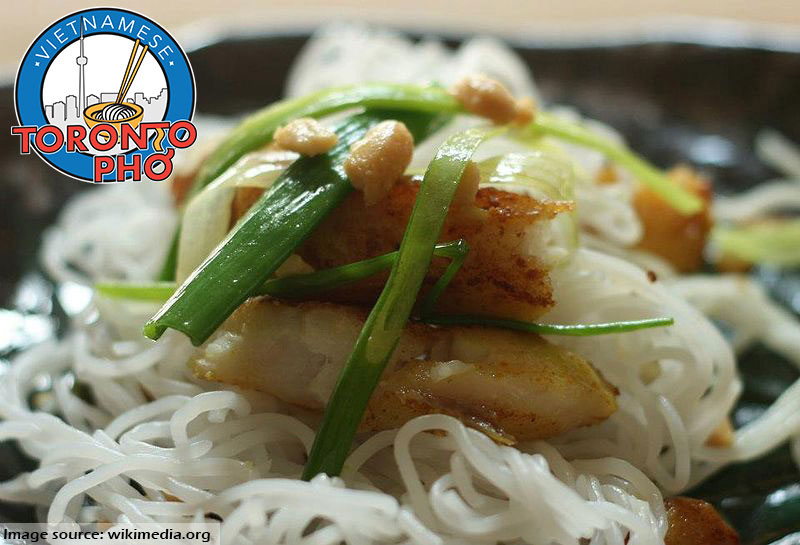
Vietnamese cuisine is immensely popular worldwide, pulling a little from French colonial-era cooking, street food, and more contemporary, modern influences.
Perhaps the most popular Vietnamese food is pho – otherwise known as a soup with broth, rice noodles, herbs, and beef, chicken, or another source of protein. Another preferred Vietnamese food is banh mi which is a baguette filled with the most savory ingredients.
There are other Vietnamese dishes though, slightly less popular, which are just as delicious. They are as common as the ingredients they pull from – usually lemongrass, ginger, mint, coriander, cinnamon, chili, lime, and basil. If you’re looking to continue delving into Vietnamese cooking without the usual following you around, try any of these Vietnamese meals.
Bun ca
Bun ca translates to ‘fish noodle’. In different regions of Vietnam, bun ca takes on a different meaning in terms of preparation. For most, it’s a soup noodle dish served with fried fish. The fish is fried – sometimes deep fried – to a golden perfection. It’s then added to a broth sometimes containing things like pineapple and a fish base.
Bun cha
Bun cha is a Vietnamese dish similar to Japan’s dip ramen. Consisting of rice vermicelli, bun cha is served with pork patties, vegetables, and usually a dip sauce which could pull from vinegar, green mango, salt, and pepper. Some Vietnamese restaurants soak up oil from serving bun cha in sauce which makes them even tastier!
Read more: 5 Vietnamese Dishes You May Not Have Ever Heard Of But Which Are Absolutely Delicious
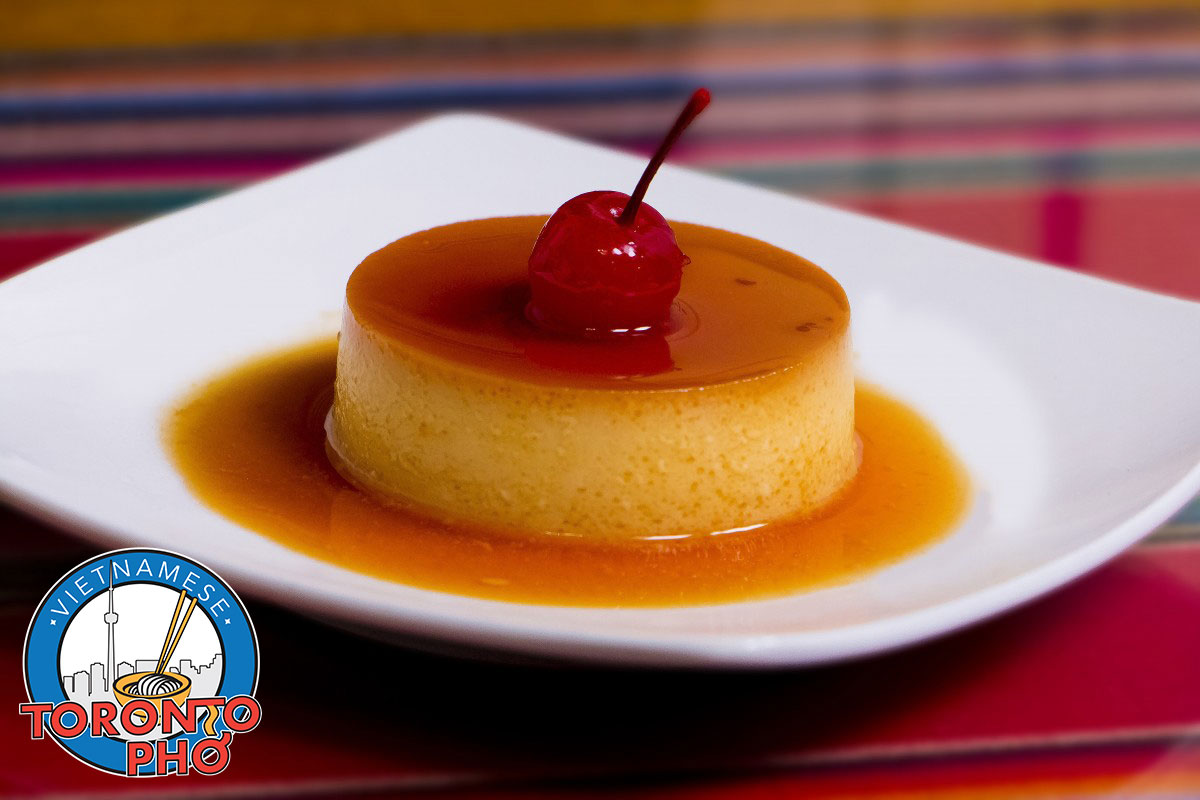
Flan, otherwise known as ‘banh flan’ or Vietnamese custard, is an underrated silky sweet treat and, for a lot of Vietnamese families, it’s their favourite dessert. It’s relatively easy to make and is absolutely delicious.
Flan, for those who don’t regularly splurge on it, is a type of custard made from a mix of milk, cream, egg yolks, and sugar. Baked in ramekins oftentimes lined with caramel sauce, the flan is removed from the oven once it has a soft texture. Flan requires heavy knowledge and careful detailing to make as the texture is very specific.
Vietnamese-style flan as is usually served in many Vietnamese restaurants does not pull from a pure Vietnamese background. What we mean by this is that flan did not originate in Vietnam. Flan’s origin story begins in ancient civilizations.
Egg was its main ingredient and at the time of Greeks, Romans, and ancient history, it was believed the consumption of eggs could help with preventing illnesses relating to the liver and kidneys, increase fertility, and resolve urinary tract problems among other health benefits. Although in this time period flan was never made, this philosophy as it came down through centuries of living was responsible for the development of the dessert.
During the Middle Ages, eggs rose in popularity as during Lent the obligation to fast prohibited consumption of certain foods while allowing participants to enjoy others. This further built on prestige given to eggs over centuries. It was during the Middle Ages that the first flan recipes originated – evidently having nothing to do with Vietnam. That said, flan made its way to the Vietnamese in early French colonization. As one will notice in a lot of aspects of Vietnamese cooking, French influence is evident. This is obvious in some of how pho was developed and common dishes just like it.
Read more: Where Does Vietnamese Flan Come From – See How This Silky Sweet Treat is Made
More Articles ...
- What is the Best Vietnamese Cookbook for Beginners to Vietnamese Cooking – read here!
- Using Tofu as Imitation Meat in Vietnamese Cooking – What’s It Made From and How It’s Used
- Where to Find The Best Bubble Tea in Toronto – See All the Varieties!
- Home-Style Cooking is a Thread through Vietnamese Cuisine, with Inspired and Tantalizing Dinners
Page 34 of 49

